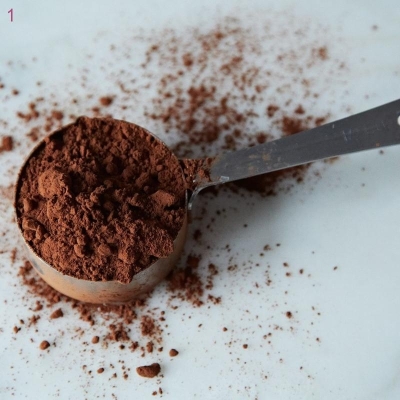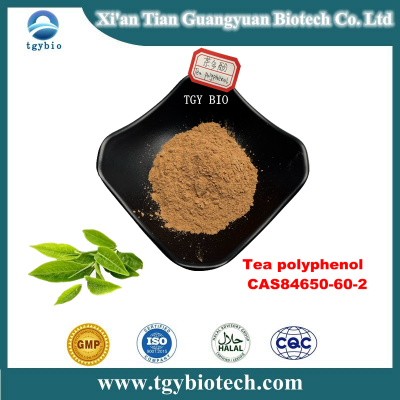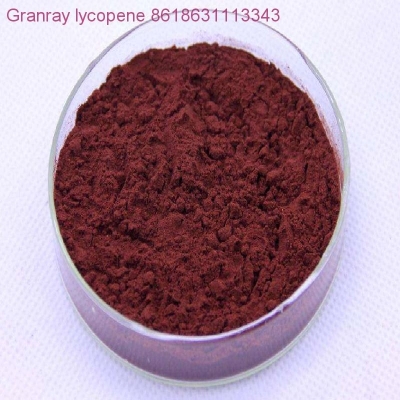Types and functions of food colorants
-
Last Update: 2017-02-20
-
Source: Internet
-
Author: User
Search more information of high quality chemicals, good prices and reliable suppliers, visit
www.echemi.com
Introduction: there are many kinds of food colorants, but their functions are the same Here is an introduction to the types and functions of food colorants The following small edition of the safety net of Baibai introduces the types and functions of food colorants to let you know more about food additives Food colorants, also called food colorants, are food additives that can make food coloring and improve the color and hue of food According to different sources, it can be divided into two categories: edible synthetic pigment and edible natural pigment Edible synthetic pigment mainly refers to the organic pigment produced by the synthetic method of artificial chemistry At present, almost all the synthetic pigments allowed to be used in the world are water-soluble pigments There are 22 kinds of food synthetic pigments licensed in China, including amaranth, carmine, red moss, new red, tempting red, lemon yellow, sunset yellow, bright blue, indigo and their respective aluminum lakes, as well as 22 kinds of acid red, β - carotene, sodium copper chlorophyllin and titanium dioxide Edible natural pigments come from natural materials, and most of them are edible resources They are organic colorants obtained by certain processing methods There are 66 kinds of edible natural pigments approved for use in China They are mainly extracted from plant tissues, including some pigments from animals and microorganisms, but their pigment content and stability are generally inferior to synthetic products The function of food colorant food colorant is an additive for coloring food, also known as food colorant Food colorants make food have a pleasant color, which is of great significance to increase the appetite and appetite of food Simply speaking, it is colored to make the product look more attractive Because the color of raw materials will change in the process of processing, and the color will become lighter or less likable, so some colorants will be added Some colorants are used in industry, but some of them are used in food What's the harm of excessive colorants? In fact, a small amount of colorants do not harm people, but excessive use will cause serious harm However, China's food safety detector can accurately check the safety level of food, so consumers can eat it at ease More food safety knowledge is in Baibai safety net Editor in charge: he xianrob
This article is an English version of an article which is originally in the Chinese language on echemi.com and is provided for information purposes only.
This website makes no representation or warranty of any kind, either expressed or implied, as to the accuracy, completeness ownership or reliability of
the article or any translations thereof. If you have any concerns or complaints relating to the article, please send an email, providing a detailed
description of the concern or complaint, to
service@echemi.com. A staff member will contact you within 5 working days. Once verified, infringing content
will be removed immediately.







